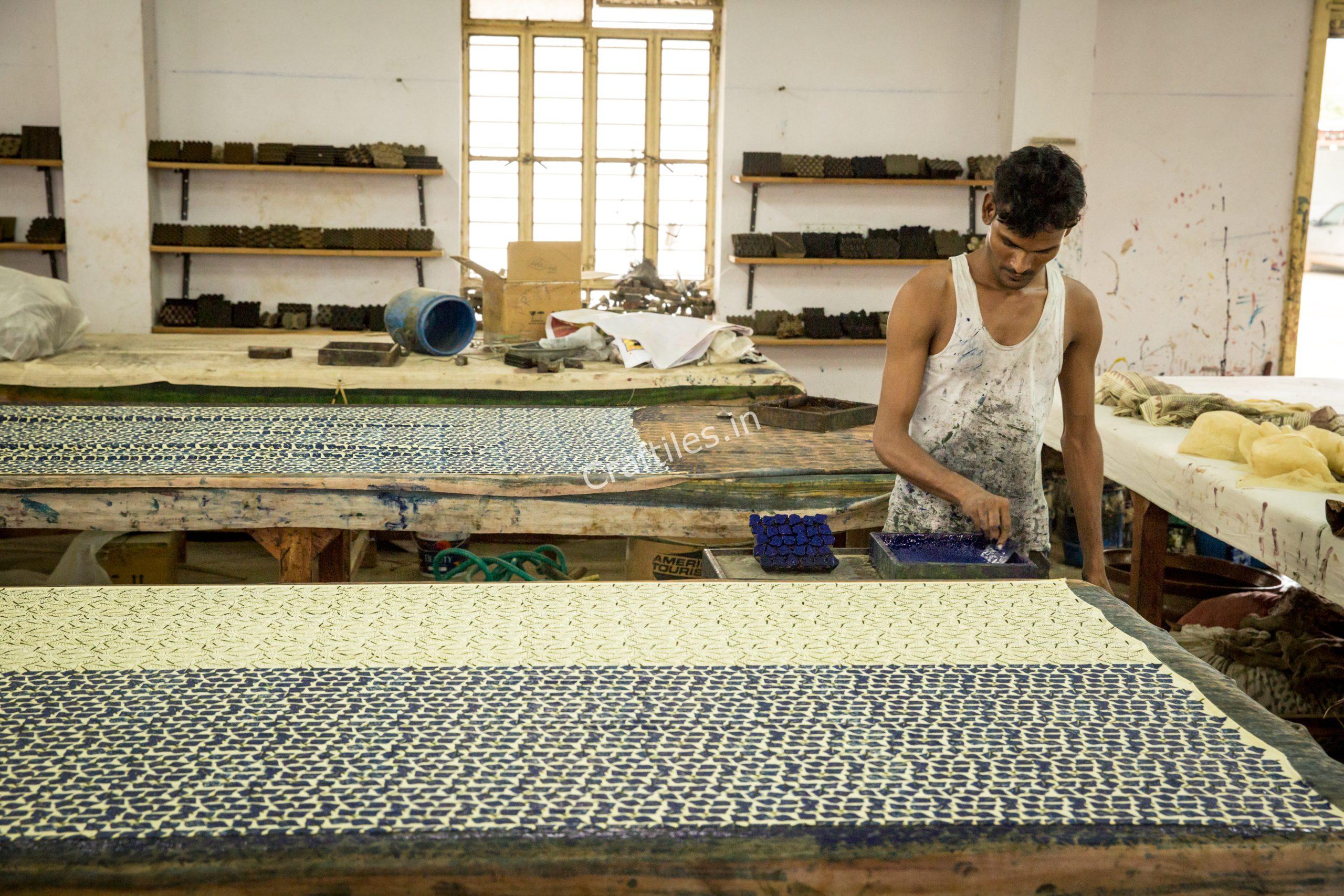Sanganeri vs. Other Indian Hand Block Prints: What Sets It Apart?
India’s rich textile tradition is a testament to its vibrant history, culture, and artistry. Among the many treasures that India has shared with the world, hand block printing stands out as one of the most cherished and enduring art forms. Practiced for centuries, this ancient craft has given rise to a variety of regional styles, each with its own unique identity. Sanganeri vs. Other Indian Hand Block Prints: Among these, Sanganeri hand block printing from Rajasthan holds a special place. But how does it compare to other iconic Indian block prints like Bagru, Dabu, and Kalamkari? Let’s delve into what sets Sanganeri prints apart and why they continue to symbolize timeless elegance.
The Origin Story: Sanganeri’s Rich Heritage
Sanganeri hand block printing traces its origins to Sanganer, a town near Jaipur in Rajasthan. This art form dates back to the 16th century and thrived under the patronage of Jaipur’s royal family. Known for its intricate floral patterns, delicate lines, and vibrant colors, Sanganeri prints often use natural dyes derived from plants and minerals.
In contrast, Bagru prints also hail from Rajasthan but feature a different style. Originating from the village of Bagru, these prints are characterized by earthy tones, geometric patterns, and a mud resist technique. Dabu printing, another Rajasthani style, also employs a resist technique but is known for bold, abstract designs with indigo as the primary color.
Moving further south, Kalamkari from Andhra Pradesh stands out with its freehand drawing technique. This style often depicts mythological stories and scenes from Indian epics, making it more narrative-driven compared to the floral and geometric patterns of Sanganeri and Bagru.
Artistic Distinction: Patterns and Motifs
What truly sets Sanganeri prints apart are their intricate patterns and motifs. Sanganeri designs are often delicate and detailed, featuring fine lines and elaborate floral patterns. The use of the “buti” and “buta” (small and large floral motifs) is a hallmark of Sanganeri prints, reflecting the Mughal influence prevalent in much of Rajasthan’s art and architecture.
On the other hand, Bagru prints lean towards bolder, simpler designs. The motifs here are more geometric, with traditional symbols like the “jhaalar” (border), “leheriya” (waves), and “kairi” (paisley) being common. Dabu prints, with their resist technique, create a unique texture and depth, with designs often appearing in shades of indigo, white, and black, resulting in a striking contrast.
Unlike the others, Kalamkari is more pictorial, with motifs drawn using a pen or “kalam.” These often depict scenes from Hindu mythology, such as stories from the Ramayana and Mahabharata. The intricate detailing and use of natural colors make Kalamkari a distinctive form of storytelling through fabric.
 Color Palette and Techniques: Vibrancy vs. Earthiness
Color Palette and Techniques: Vibrancy vs. Earthiness
One of the most notable differences between Sanganeri and other Indian block prints is the color palette. Sanganeri prints are known for their vibrant hues—reds, yellows, and blues are dominant, often set against a white or off-white background. The printing process typically involves natural dyes, with colors extracted from turmeric, indigo, and pomegranate skin, among others. The result is a bright, lively fabric that instantly catches the eye.
In contrast, Bagru and Dabu prints use a more subdued palette. Bagru prints favor earthy tones like brown, black, and maroon, with designs that are more rustic and grounded. Dabu printing, with its mud resist technique, results in a more muted look, with indigo and white being the dominant colors. These prints have a raw, organic feel, reflecting the simplicity and rugged beauty of rural Rajasthan.
Kalamkari prints also use natural dyes, but their color palette is more varied, ranging from deep reds and greens to subtle blues and browns. The dyeing process in Kalamkari is elaborate, involving several stages of dyeing, washing, and drying, which gives the fabric its unique appearance.
Cultural Significance and Modern Appeal
Sanganeri prints, with their Mughal-inspired designs, have a royal and refined appeal. Often associated with luxury and elegance, these prints are a popular choice for high-end home decor and fashion. The intricate patterns and vibrant colors make Sanganeri fabrics ideal for festive wear, sarees, and curtains, adding a touch of grandeur to any space.
Bagru and Dabu prints, with their earthy tones and simple designs, offer a more rustic charm. They are frequently used in casual wear, home linens, and ethnic decor, appealing to those who appreciate traditional crafts with a contemporary twist. The raw, natural look of these prints has made them popular in the eco-fashion movement, resonating with those who value sustainability and artisanal craftsmanship.
Kalamkari, with its narrative-driven designs, holds a special place in the world of art and fashion. These fabrics are often used in wall hangings, sarees, and dupattas, serving as a canvas for storytelling. The cultural and religious significance of the motifs makes Kalamkari a favorite among those who appreciate art that tells a story.
Conclusion: Choosing Your Block Print Style
Whether you are drawn to the vibrant elegance of Sanganeri prints, the earthy simplicity of Bagru and Dabu, or the artistic storytelling of Kalamkari, each style of Indian hand block printing offers something unique. At Jaipurdharohar.com, we celebrate the diversity of these traditional crafts, offering a range of products that showcase the beauty and heritage of Sanganeri prints.
As you explore the world of Indian block prints, you’ll discover that each style has its own charm, reflecting the rich cultural tapestry of India. Sanganeri prints, with their intricate patterns and vibrant colors, continue to be a timeless choice, embodying the royal legacy of Rajasthan while appealing to modern sensibilities.


